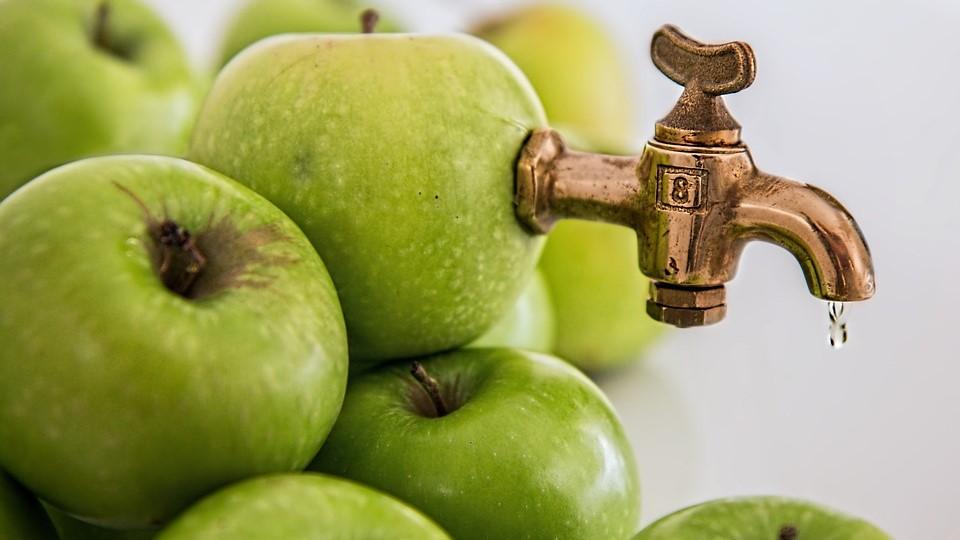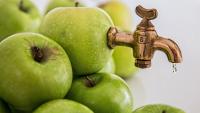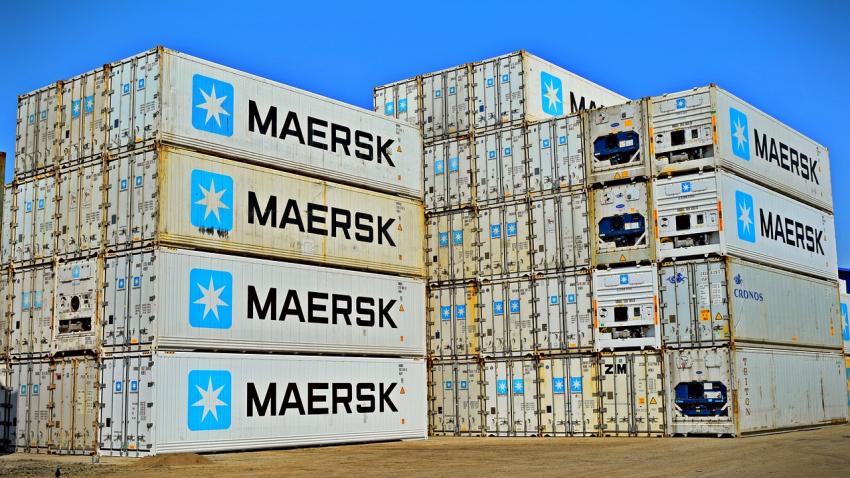You are here
Back to topChinese Apple Juice Concentrate Exports Soar During First Half of 2020

As the COVID-19 pandemic raged for the first half of 2020, global demand for apple juice concentrate increased. Apple juice concentrate is one of China’s primary juice exports and international sales have recently risen sharply amid a backdrop of otherwise sluggish trade. According to customs statistics, the export volume of apple juice concentrate during the first half of 2020 reached 245,000 tons with a total value of $254 million, corresponding to year-on-year increases of 140.1% and 98.7%, respectively. This massive increase in export volume has been felt throughout all of China’s major apple-growing regions.
Shaanxi province is the world’s top producer of apple juice concentrate, accounting for one-third of global production volume. The production volume of apple juice concentrate in Shaanxi reached 358,000 tons in the 2019/20 growing season, which was double that of the previous season. Between January and April of this year, Shaanxi enterprises exported 76,200 tons of apple juice concentrate with a value of $81 million, year-on-year increases of 160.1% and 127.7%, respectively. In particular, the total value of exports to the U.S. reached $35 million, corresponding to an astounding year-on-year increase of 2,203%.
Exports account for over 90% of Shaanxi’s sales of apple juice concentrate. After the COVID-19 outbreak, transportation within China was severely restricted, which prevented the juice from reaching ports. Local enterprises proactively reached out to their overseas customers to coordinate the handling of the situation and reduce the impact of the pandemic on their businesses. Industry insiders believe that the pandemic has not had a significant effect on exports this season, although its impact on next season has yet to be seen.
The export volume of apple juice concentrate has also risen in China’s other major apple-producing regions such as Gansu province. The volume of apple juice concentrate to pass through Lanzhou city’s customs reached 16,400 tons with a value of $17 million, corresponding to year-on-year increases of 160% and 120%, respectively. Exports from Gansu province in the first half of the year were primarily bound for the U.S., Canada and Venezuela, mostly to serve either as a beverage or as an ingredient for other companies to use in their products. Shanxi province’s exports also rose dramatically in the first half of the year, reaching a volume of 54,500 tons and a value of $56 million, year-on-year increases of 260% and 190%, respectively.
The Chinese apple juice concentrate industry has been on the rise over the last 30 years as the apple growing area has continued to expand, and apple juice has become one of China’s more competitive agricultural products on the international market. In 2018, the total export value of Chinese apple juice concentrate reached $622 million. Although the export volume declined in 2019, it remained China’s top juice export, accounting for 78.9% of juice exports and a total value of $381 million.
In 2019, the U.S. once again increased tariffs on Chinese apple juice concentrate, this time from 10% to 25%, impacting the product’s competitiveness on the U.S. market. Adding to this the drop in production of raw materials in China in 2018 and high associated costs, plus the EU’s bumper crop and zero tariffs when exporting to the U.S., prices faced stiff pressure in the U.S. market. However, as apple production regained momentum and costs fell in 2019, Chinese enterprises gradually ramped up their production of apple juice concentrate. Now that production costs are remaining stable, even despite the high tariffs from the EU and U.S., Chinese apple juice concentrate is still fairly competitive internationally.
Image: Pixabay
This article was translated from Chinese. Read the original article.













Add new comment